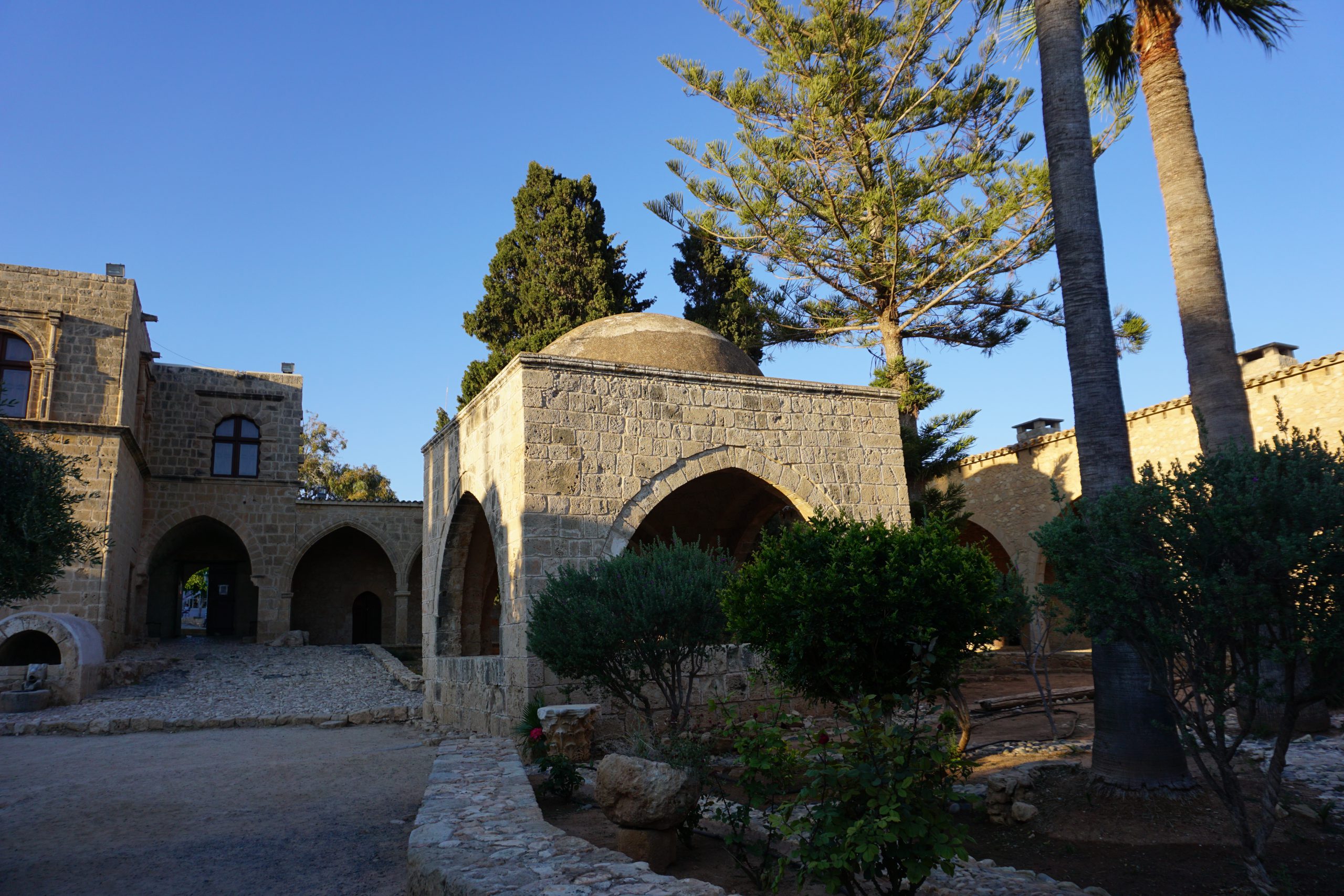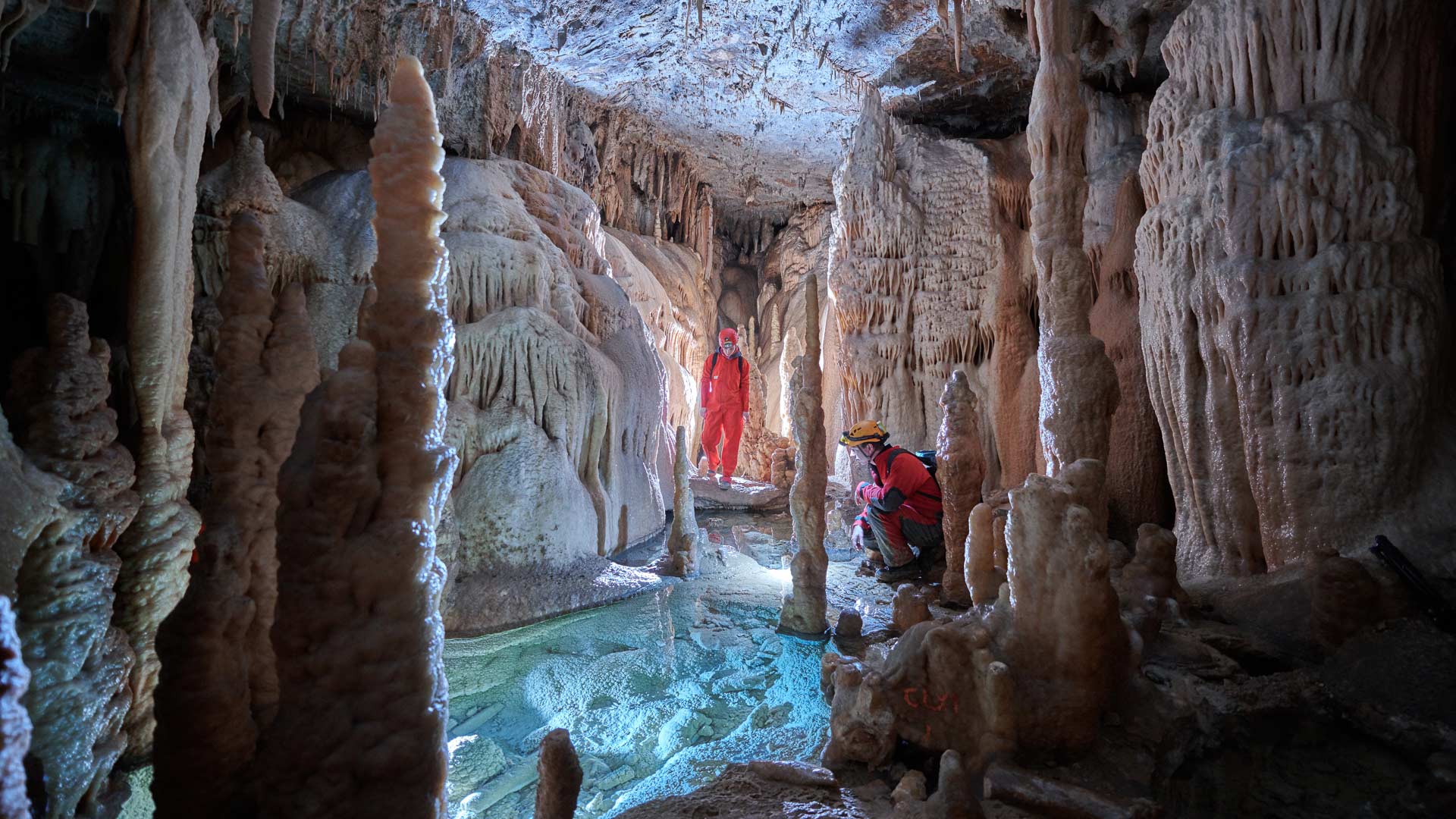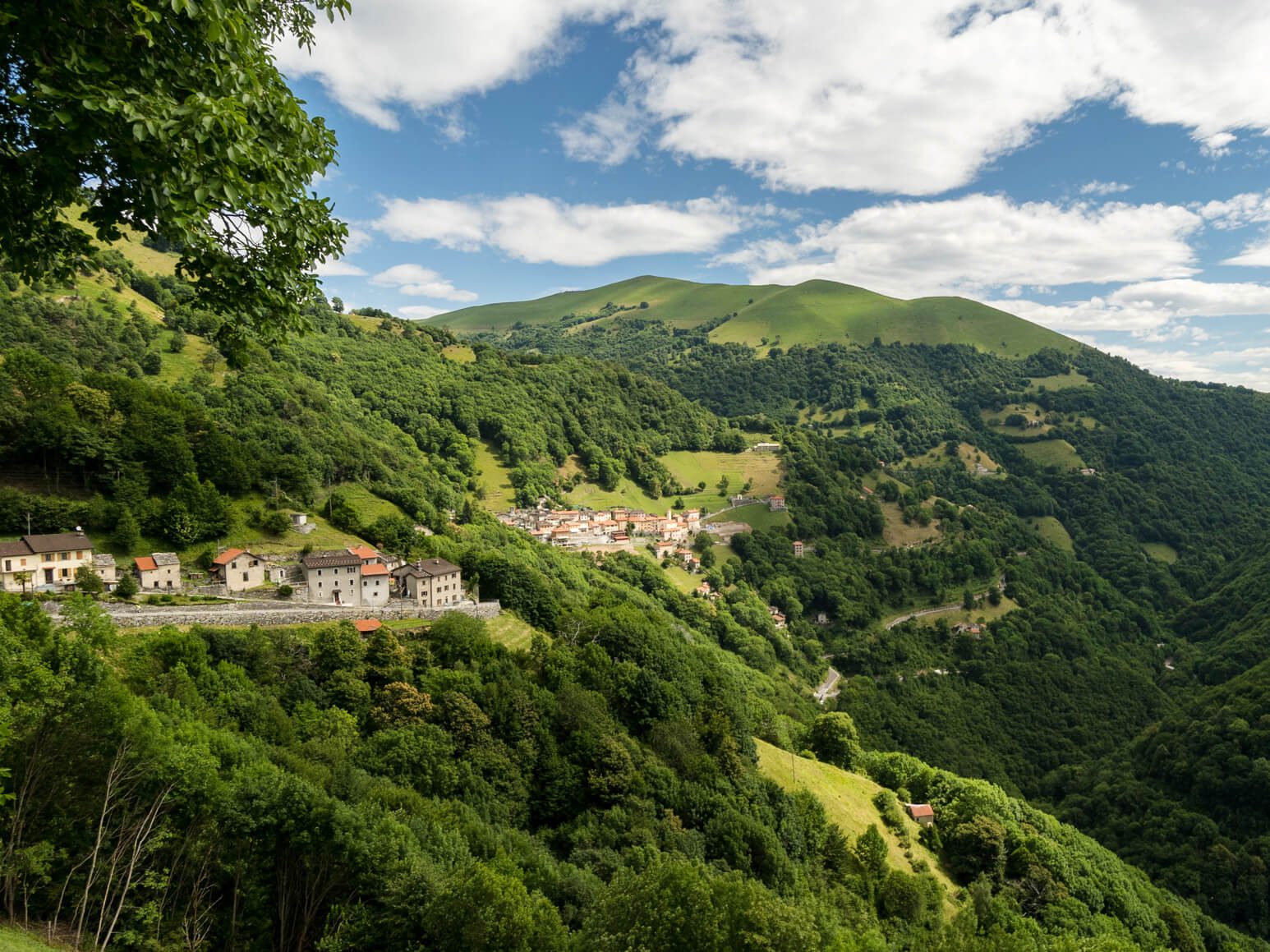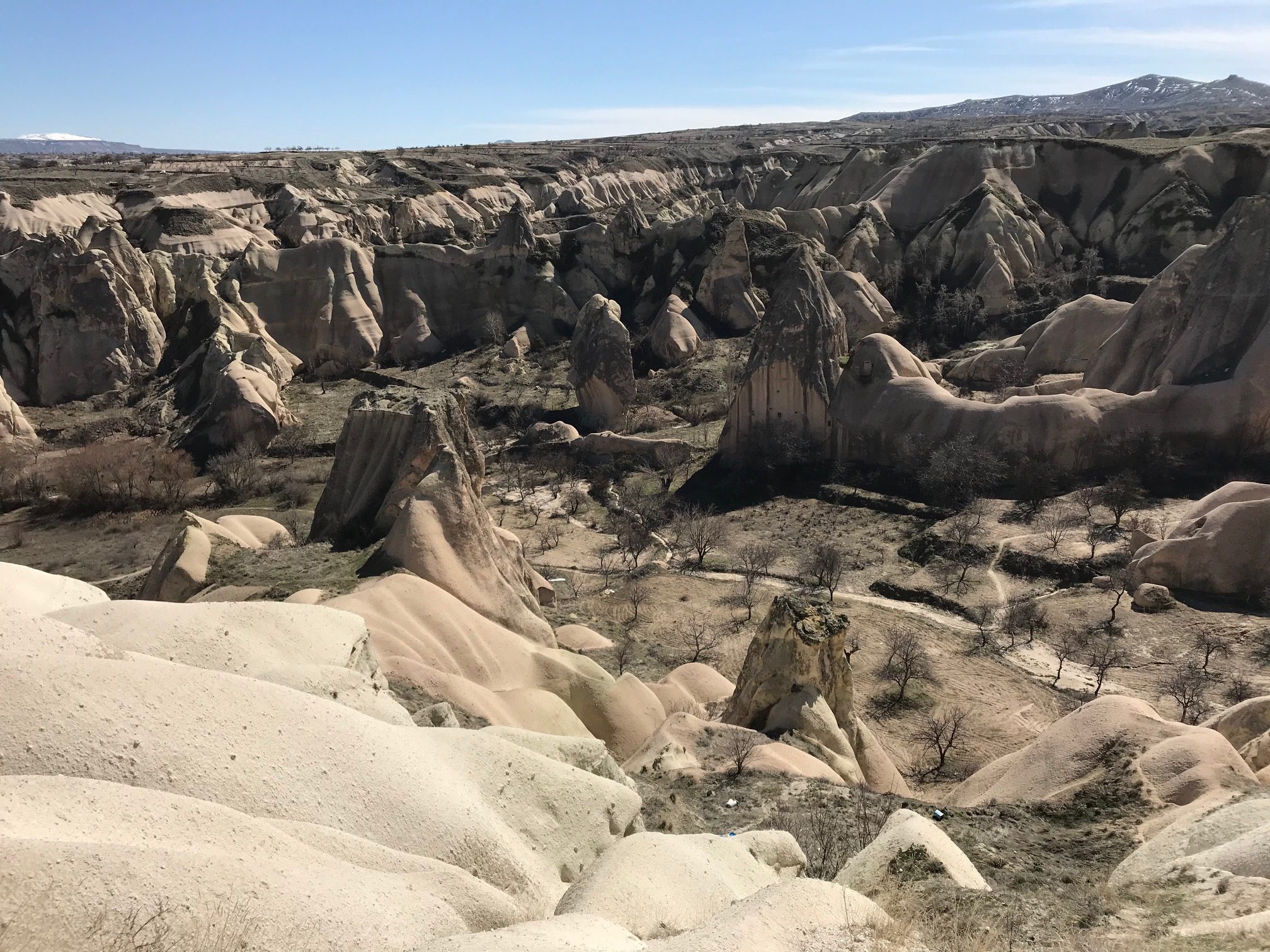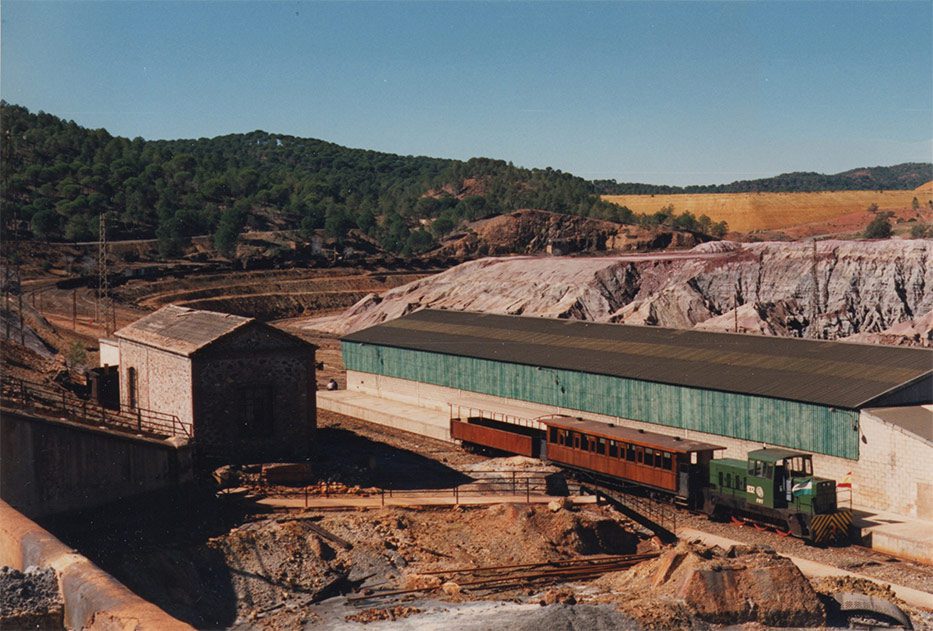Hosting Institution: The Cyprus Institute (CY)
Contact person: Mia Trentin
The monastery of Ayia Napa is located on the south-east coast of Cyprus, the most touristic area of the island. The Ayia Napa monastery has medieval origins (14th century) and develops around the church dedicated to the Virgin. The church structure is built around a natural cave in the rock that characterises the morphology of the area. The cult, also favoured by the presence of a source of water inside the building, consolidated over the centuries, constituting one of the main places of worship on the island up to the present day. The church is surrounded by the monastic complex, consisting of rooms and a two-story building overlooking the large internal courtyard with a central fountain. An important project, promoted by the Bishopric of Famagosta and the municipality of Ayia Napa, is now running aiming to promote and valorise the site.
Moreover, the monastic building will host a new and innovative museum to collects the history of the site and of the surrounding area. This initiative arose as a result of the substantial urban and economic development in terms of tourism which experienced the whole area following the military occupation of the northern part of the island (1974), which led to the decline of Famagusta. Since then, tourist activities have concentrated in this area for its natural beauty, decreeing an uncontrolled development that is threatening the ecosystems and the landscape.
The site experienced, in less than 50 years, the massive change of its urban and socio-cultural landscape which, despite the good state of preservation of the monument is critically threatening its future role and function within the local and international society.
Local Partners: Famagusta Bishopric, Ayia Napa Municipality, Department of Antiquities of Cyprus, Ayia Napa hotel associated
Coming Events
CA18110 Webinar
Short Term Scientific Mission

